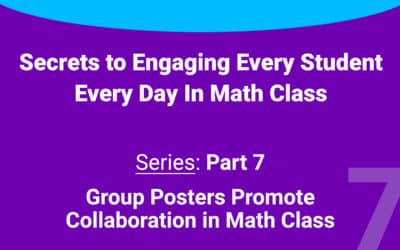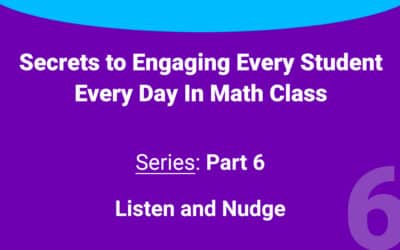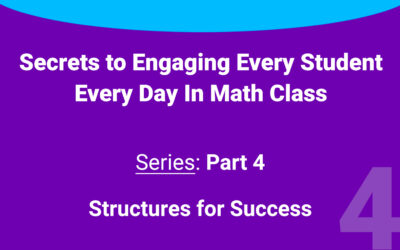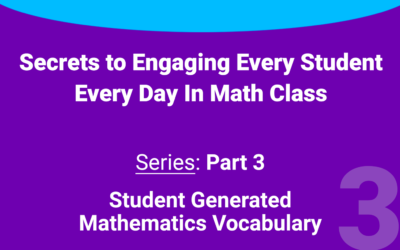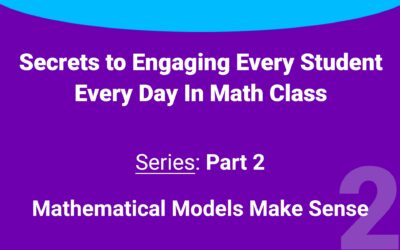Blog
Join our conversation
Meta consultants are constantly learning and sharing. When we are not working in the field, we read about cutting edge practices and curricula as well as opportunities and challenges faced by educational organizations.
Our blog is designed to share both what we are learning and what we are doing.
We meet regularly to share readings and ideas, challenge the status quo and provide tips from our consultants in action.
You can join us in our learning journey by reading this blog and adding your comments. We would love to have you share your ideas and engage with our professional community.
Effective Effort Drives the Development of Capabilities
The originator of “Smart Is Something You Can Get,” Jeff Howard, claims effective effort is the key to improvement. Effort, in this case, doesn’t just apply to students. The administrators, educators, caregivers, and students must strive to achieve proficiency.
WATCH: Why Group and Team Leaders Need to Embrace Group Skills and Create Psychological Safety Among Educators
"How do you make it safe to talk about the stuff you're not supposed to talk about?" asks Bruce Wellman, a founding partner of the publishing, training, and consulting firm, MiraVia LLC. Group skills are critical to building strong teams and leading effectively....
Looking for Ways to Improve Students’ Test-Taking Skills? We Have Some Ideas
Lowering test anxiety is critical to achieving better exam scores. Here are some ways to prepare your pupils for success this test-taking season. 1. Share Effective and Non-Effective Study Methods Remind students that carefully and calmly reading test questions...
Should Principals and other School Administrators Teach? By Hayley Hardison
This week, we are discussing an Education Week op-ed that made a case for why school principals and other school administrators should join educators and teach.
A great way for students to work collaboratively and show their thinking is by having them make a poster. This can be hard to manage sometimes, but I have a few tips to help.
I recently coined the phrase High Status/Low Risk share as an effective way to interrupt the status quo in the classroom in terms of which voices are considered “smart”. This move works well during turn and talk or small group work when I can listen in to the students at work.
Generally, when a class of students solves a problem they produce a range of answers. Some students may have the ‘right’ answer, others will have answers that reflect typical errors, and one or two students may have answers that are surprising.
Sometimes we assume that students will just know how to work cooperatively with another person or in a group. If you find that your students do not work well together, or tend to get off task when working with a partner or group, teach them how.
Give students the language to participate in math conversation. When children have access to precise vocabulary, they can express their ideas more clearly and feel more confident to participate in discussions. I love the Collect and Display routine from the Illustrative Mathematics curriculum.
Models are a wonderful way to “see” mathematics and to help students make sense of important mathematical concepts. “Mathematical modeling refers to the process of creating a mathematical representation of a real-world scenario to make a prediction or provide insight.” (Wikipedia).
Newsletter Form
Stay up to date on the latest information from our team!





